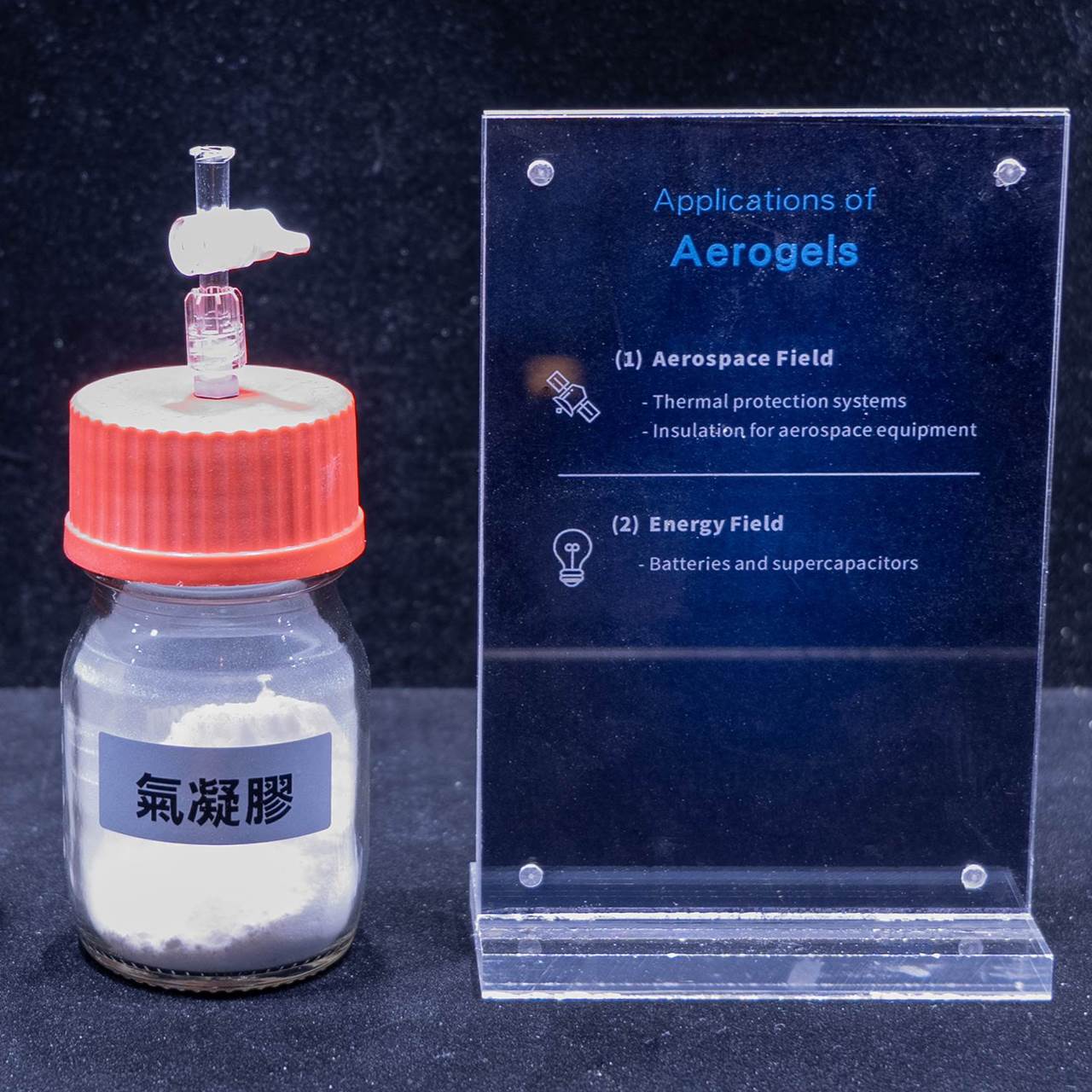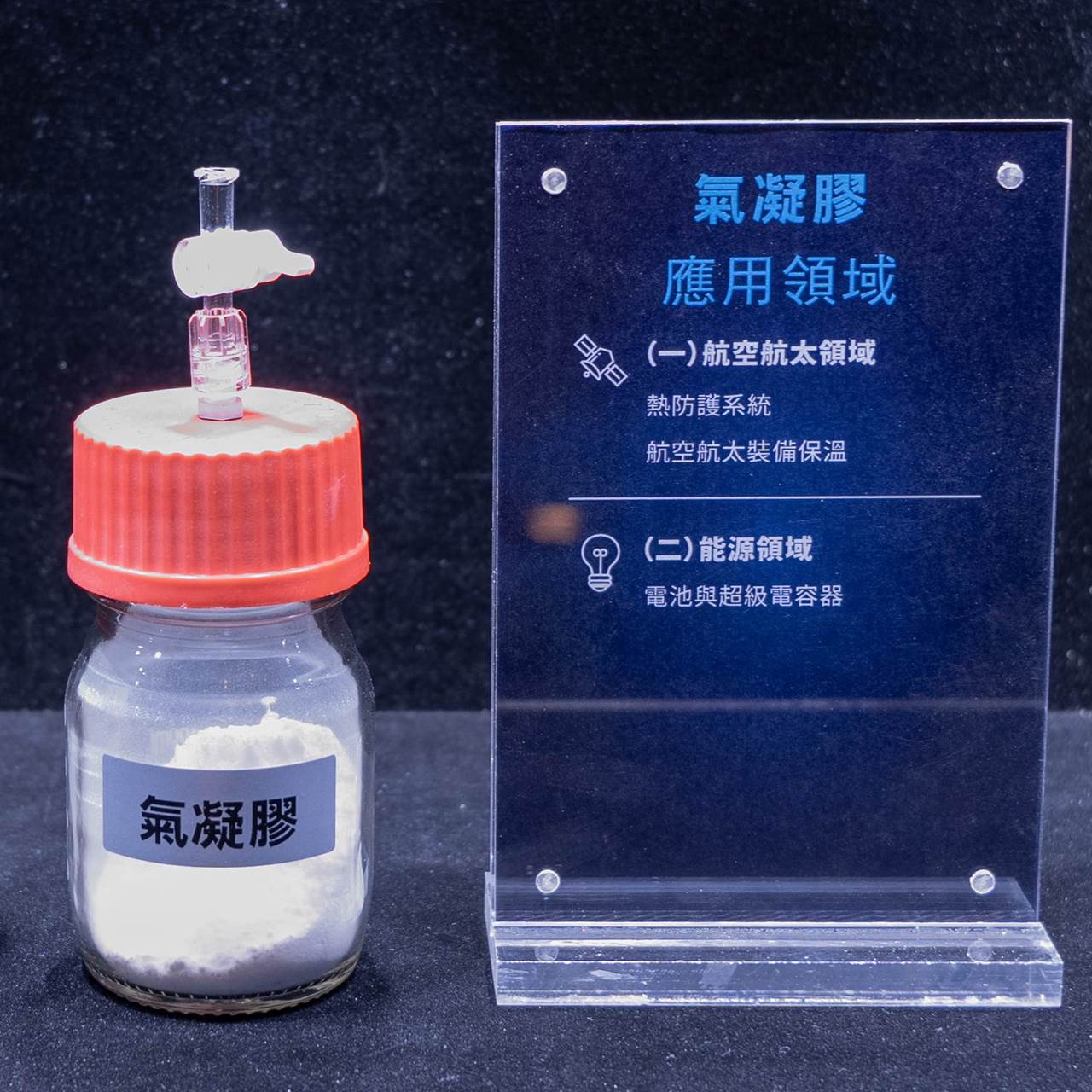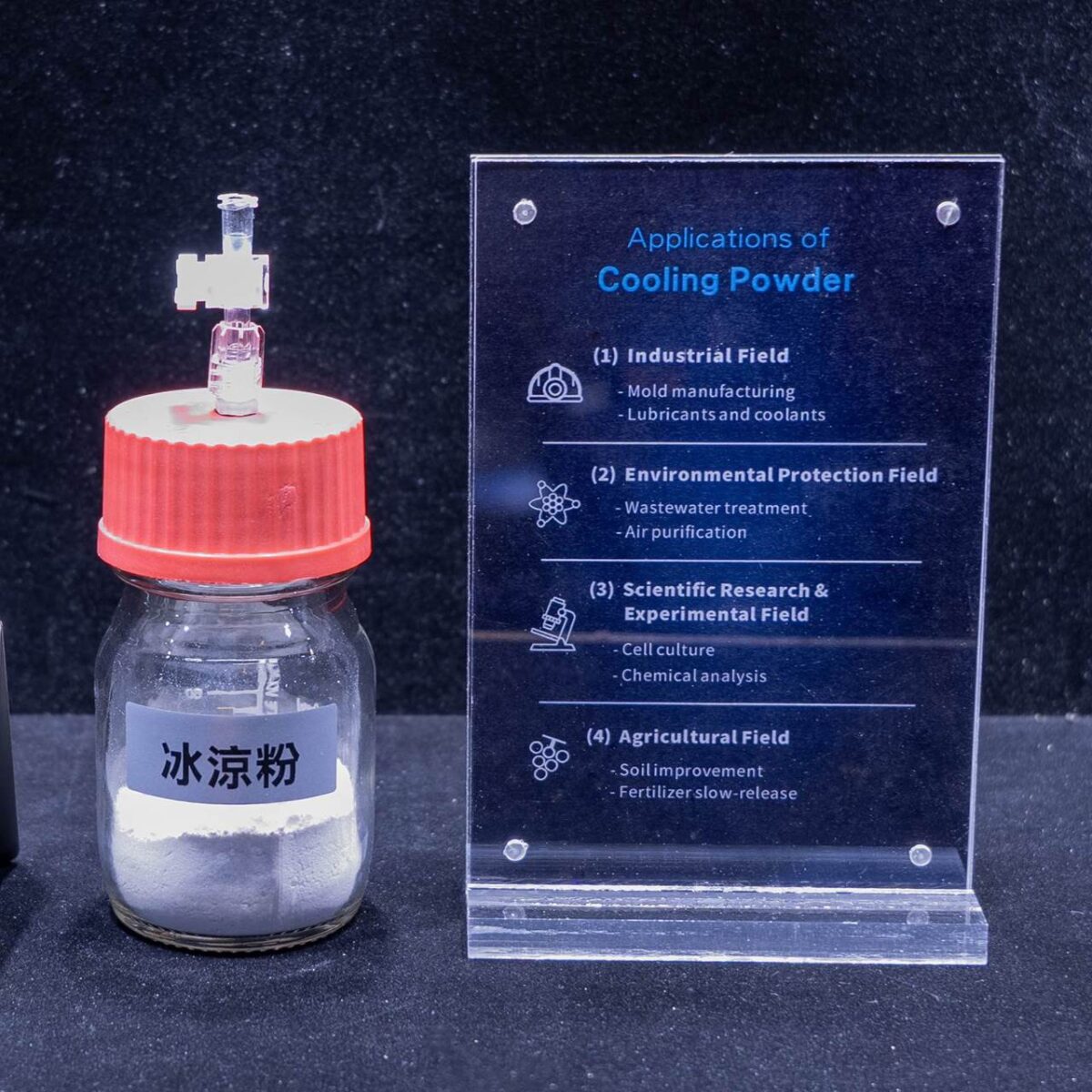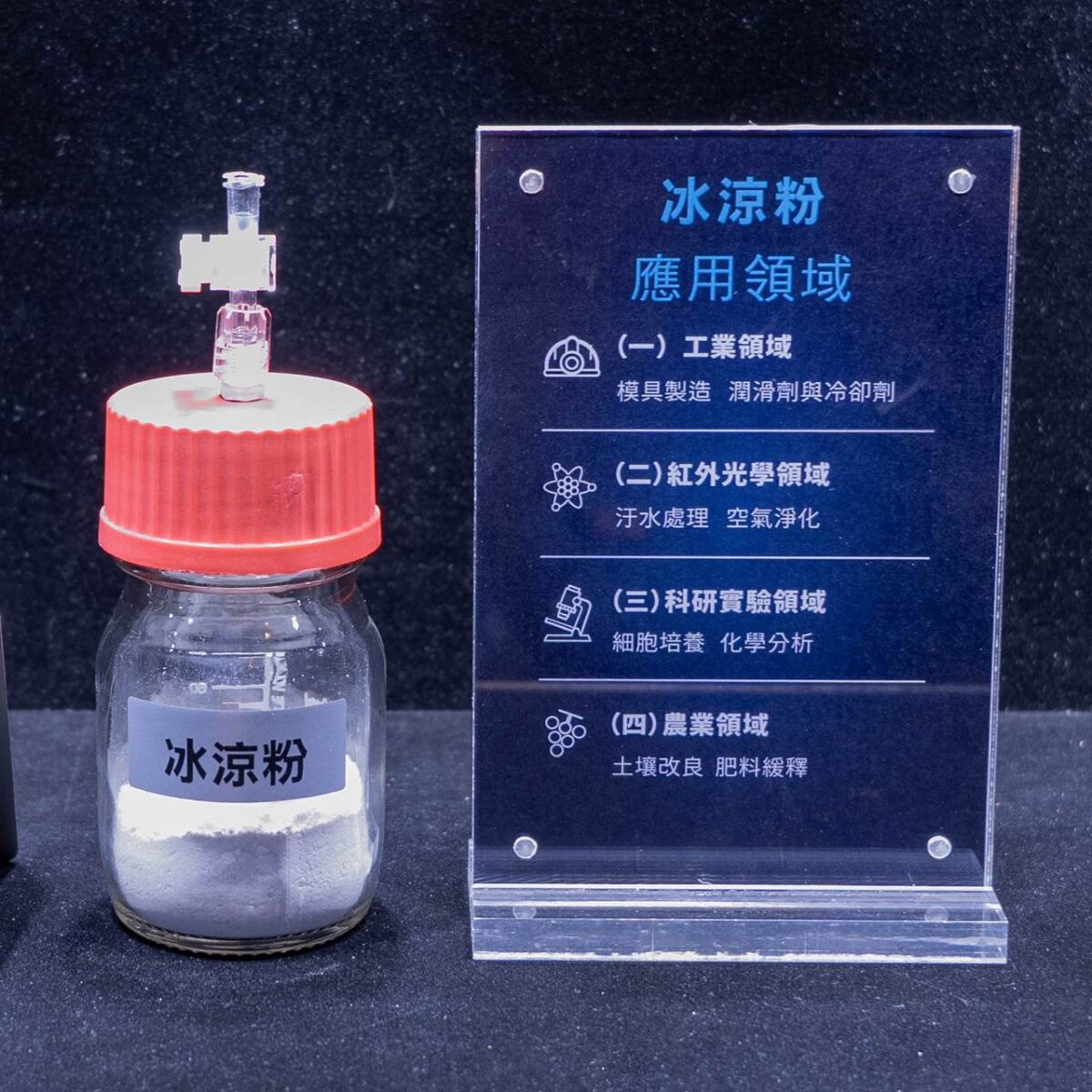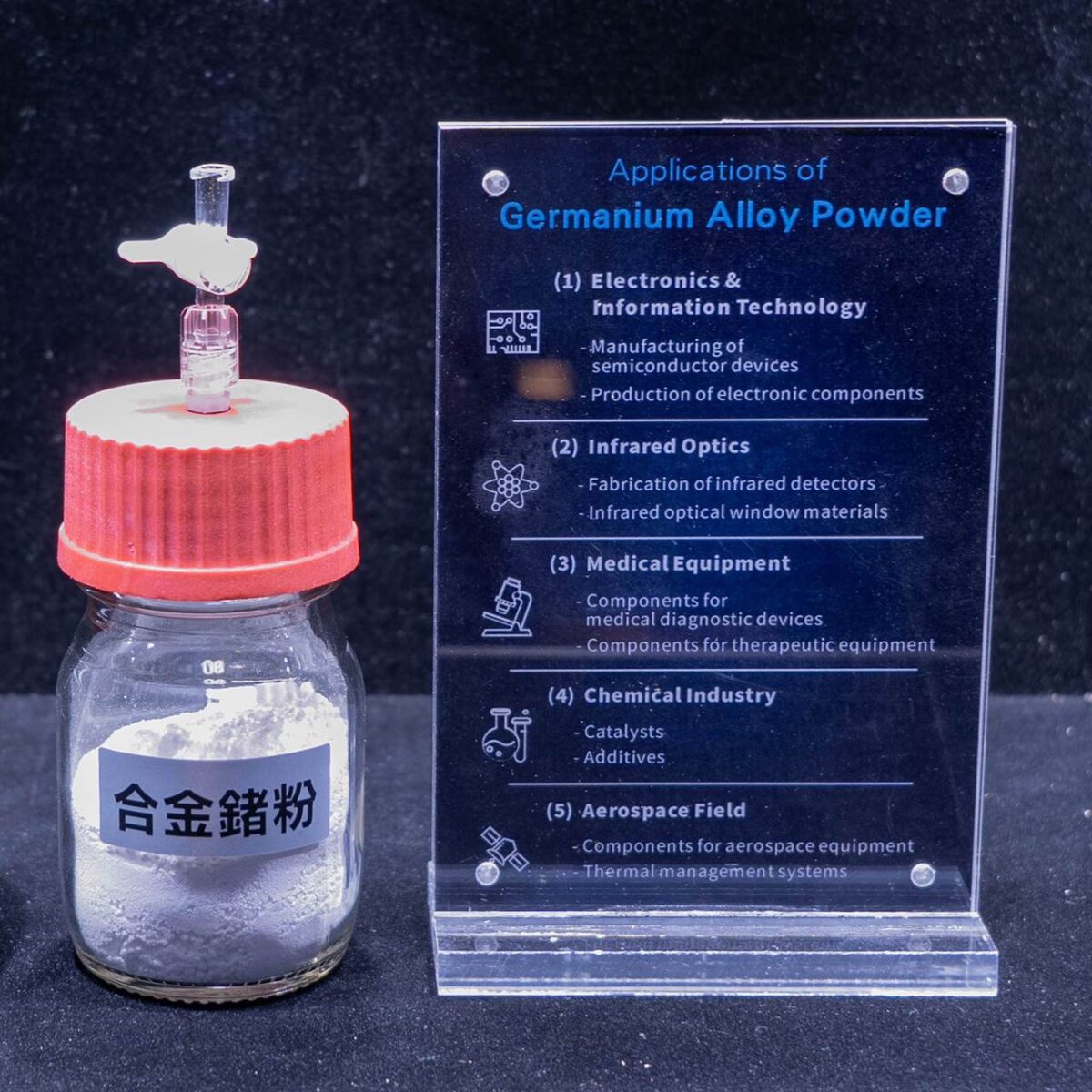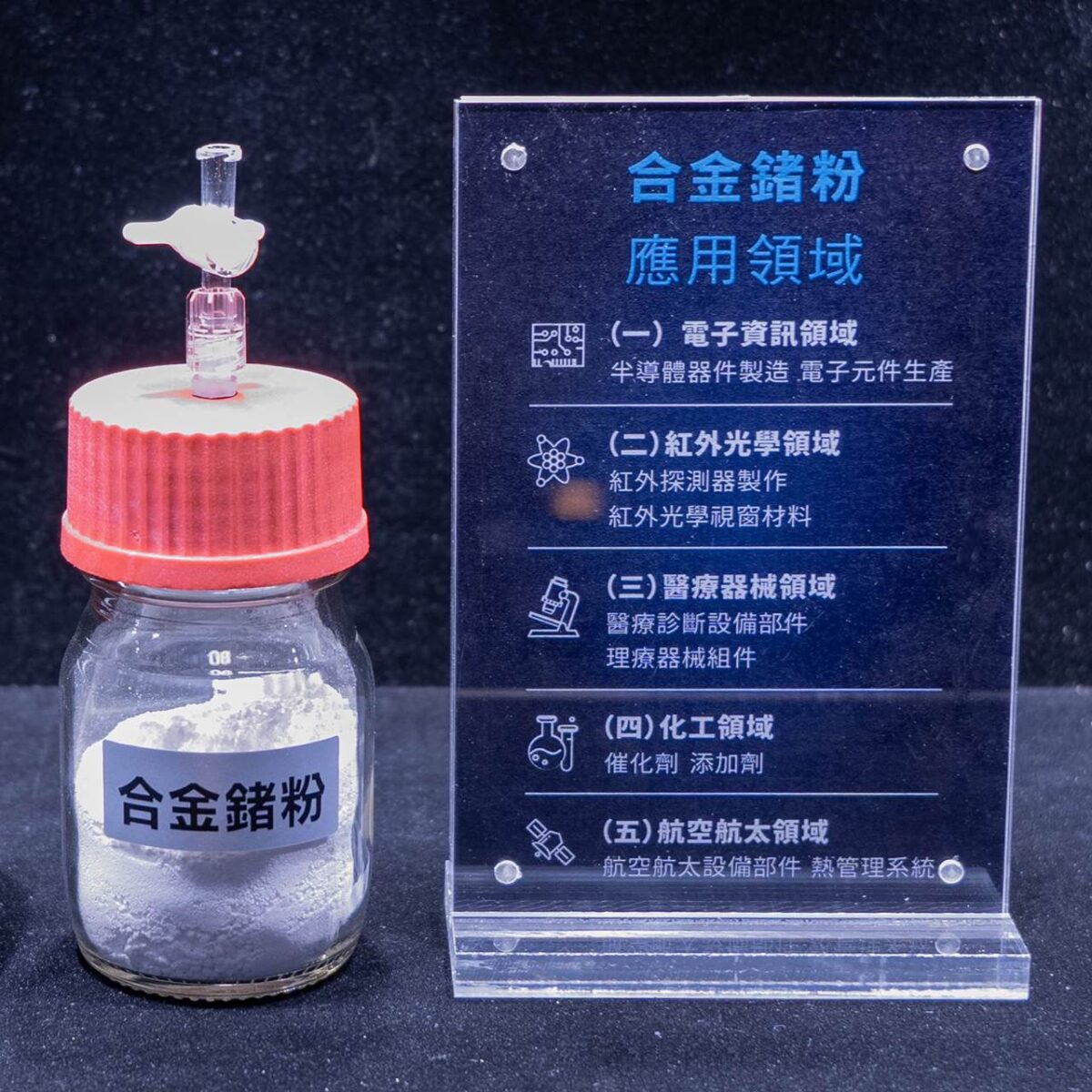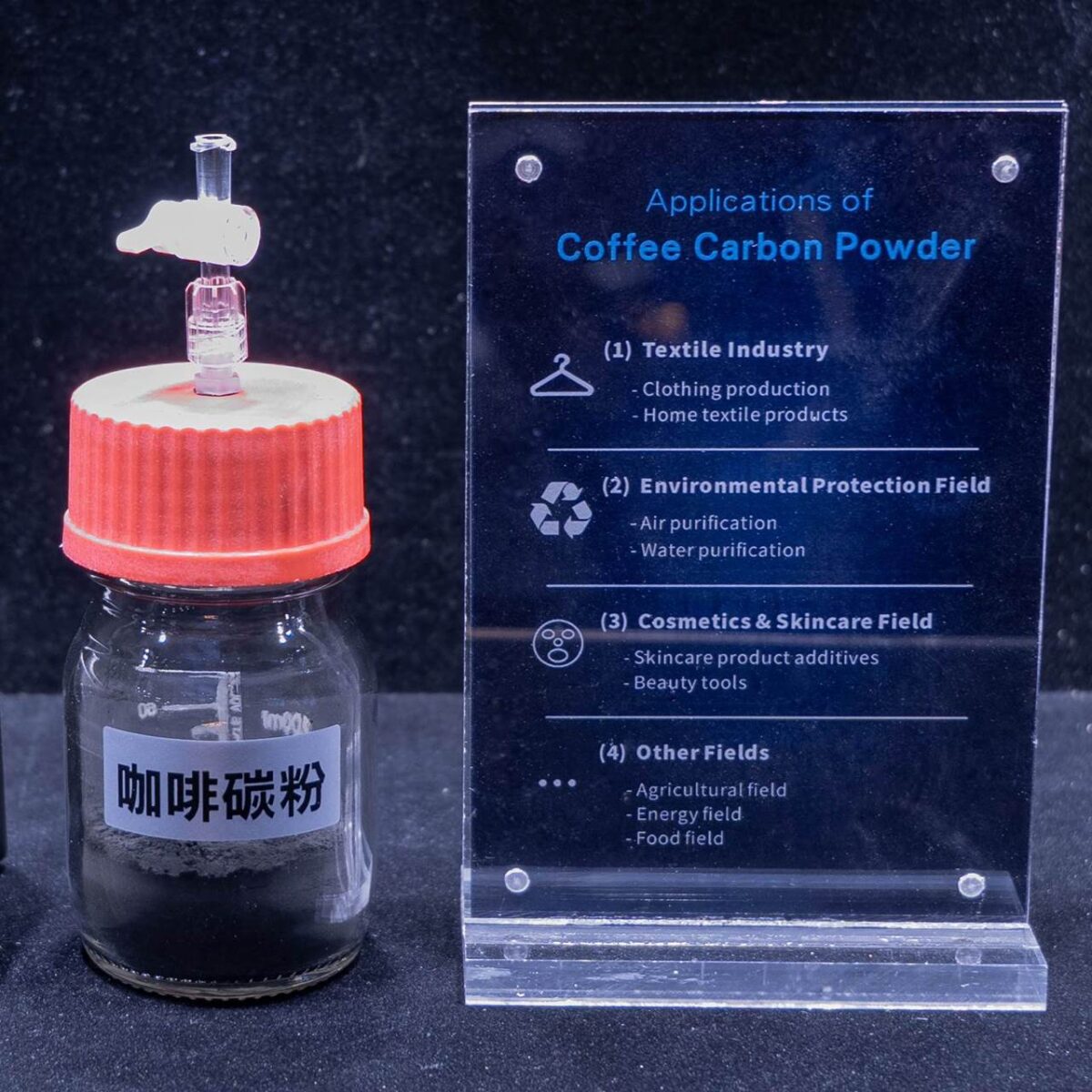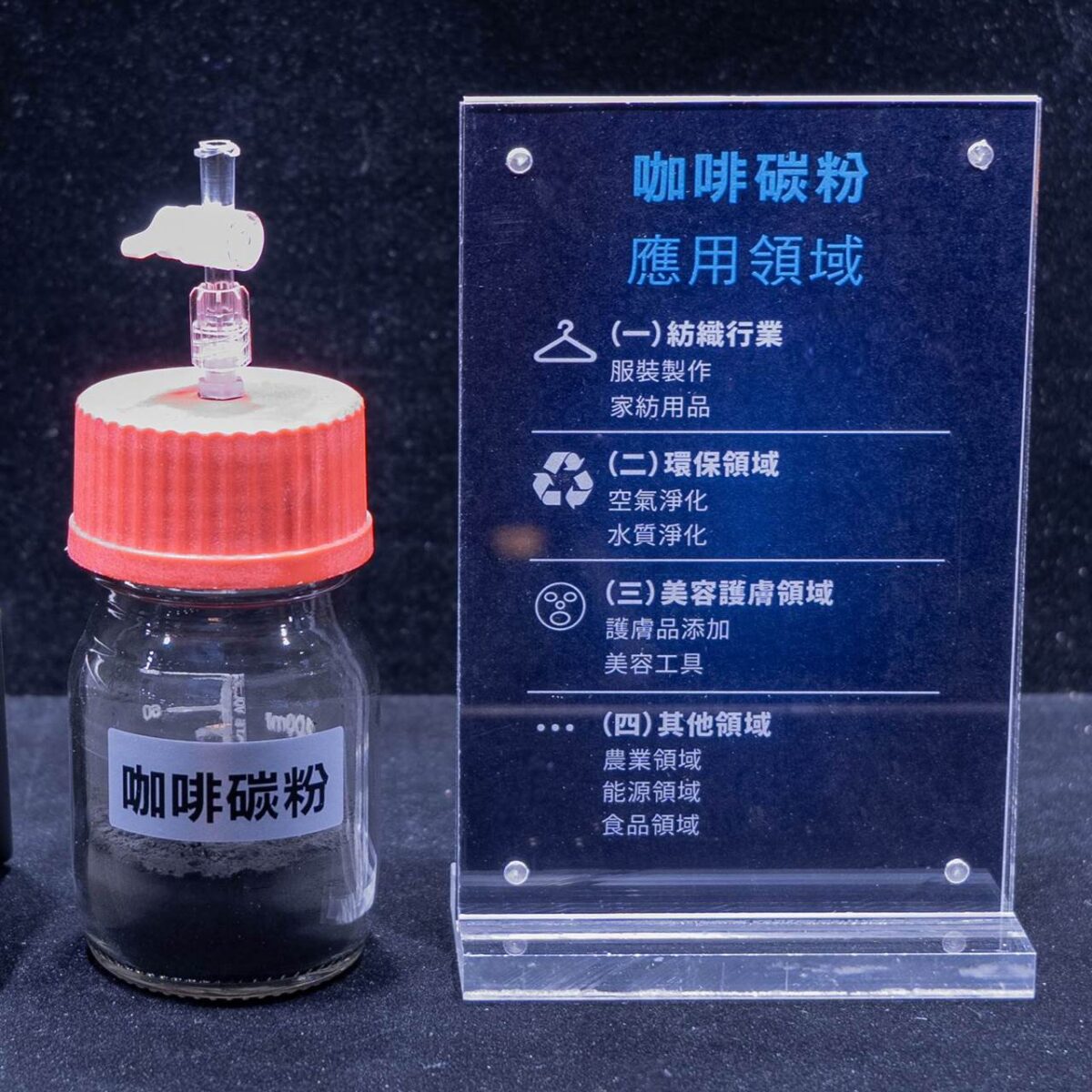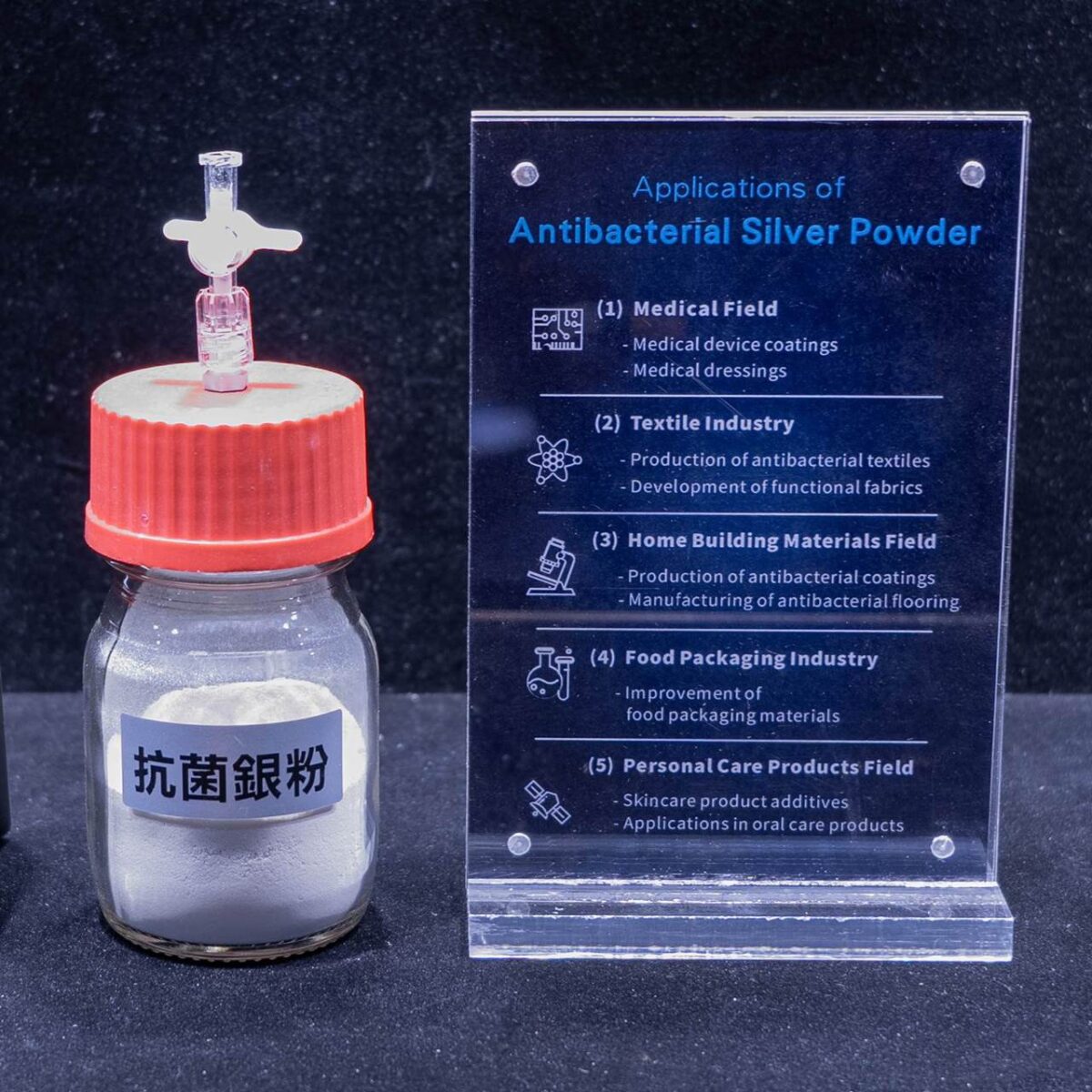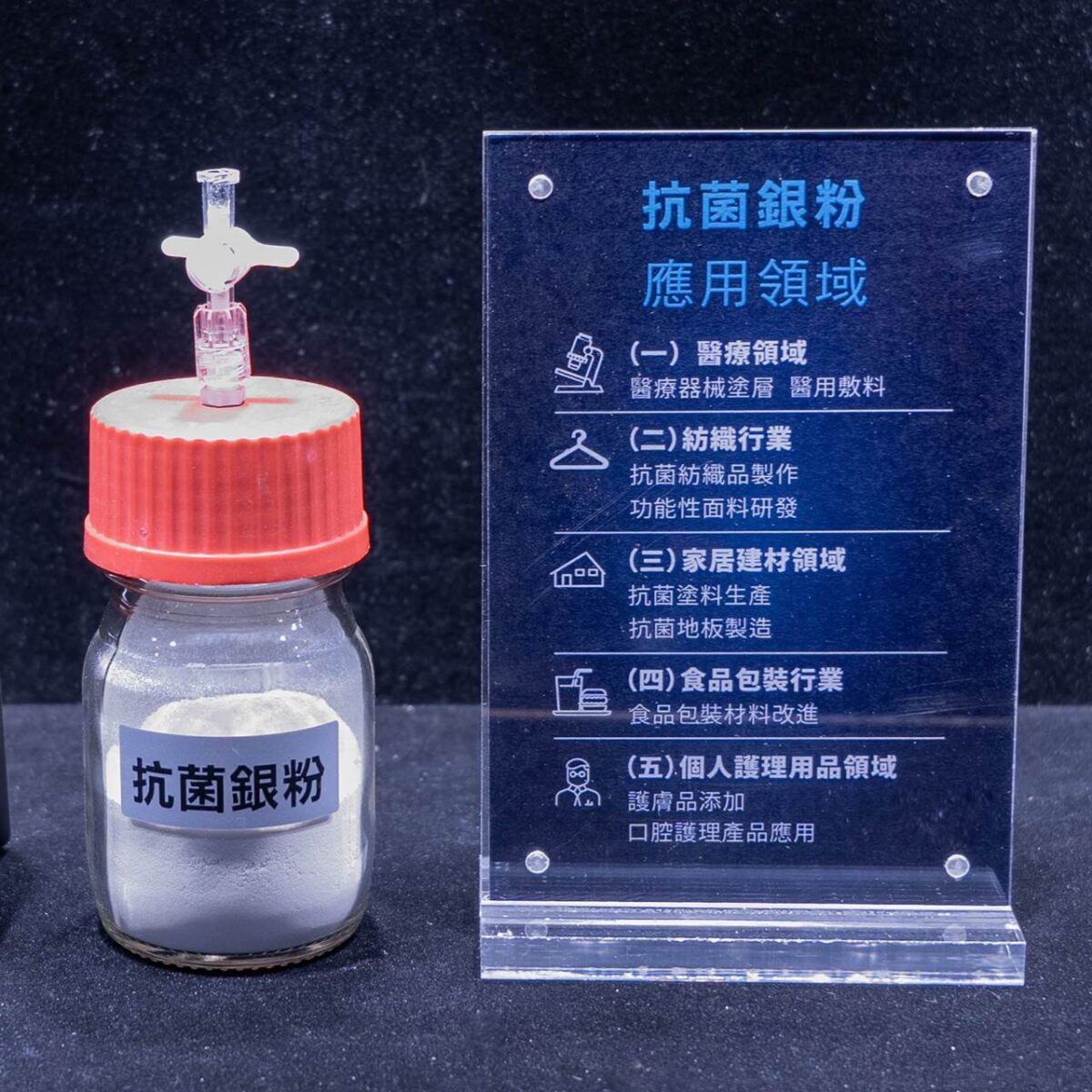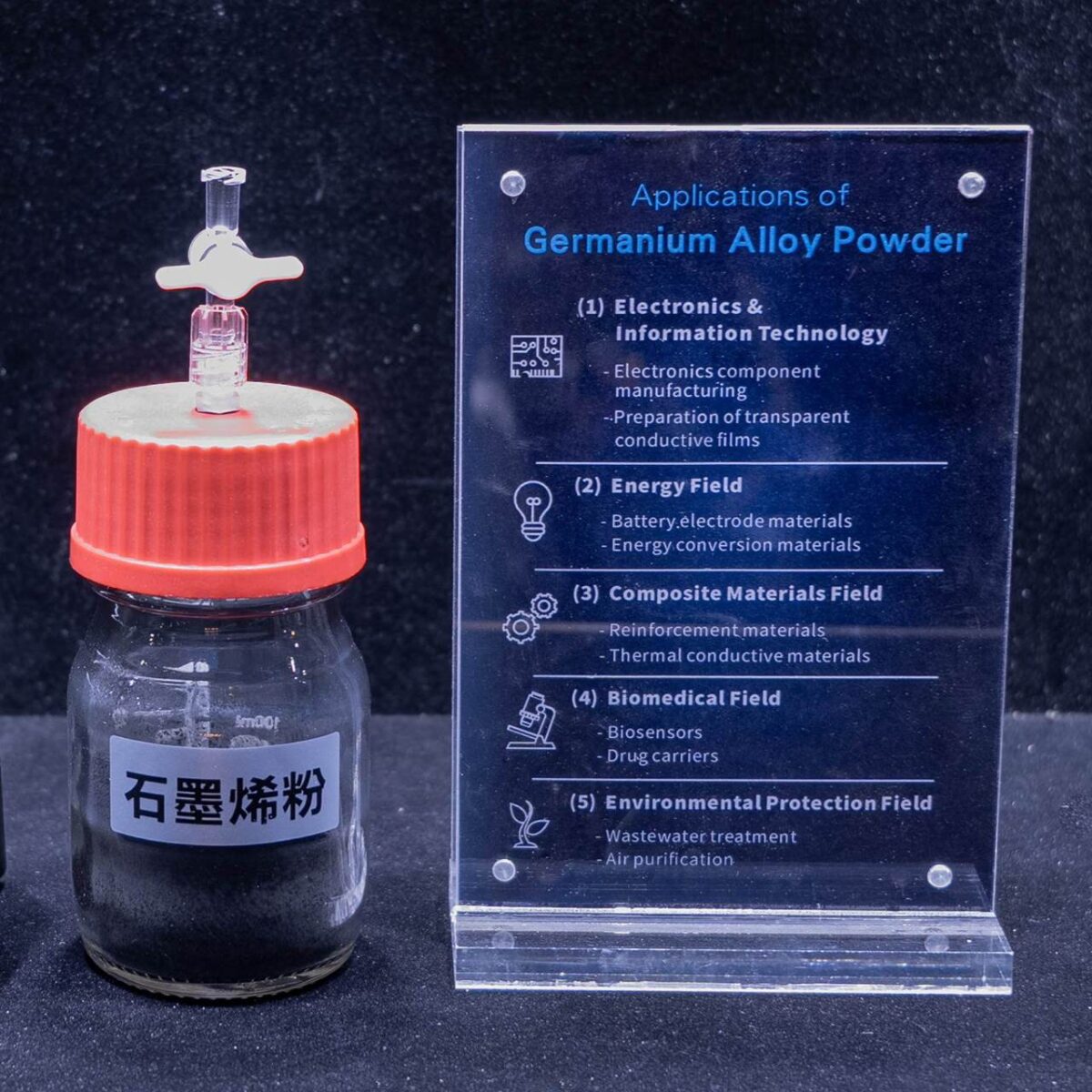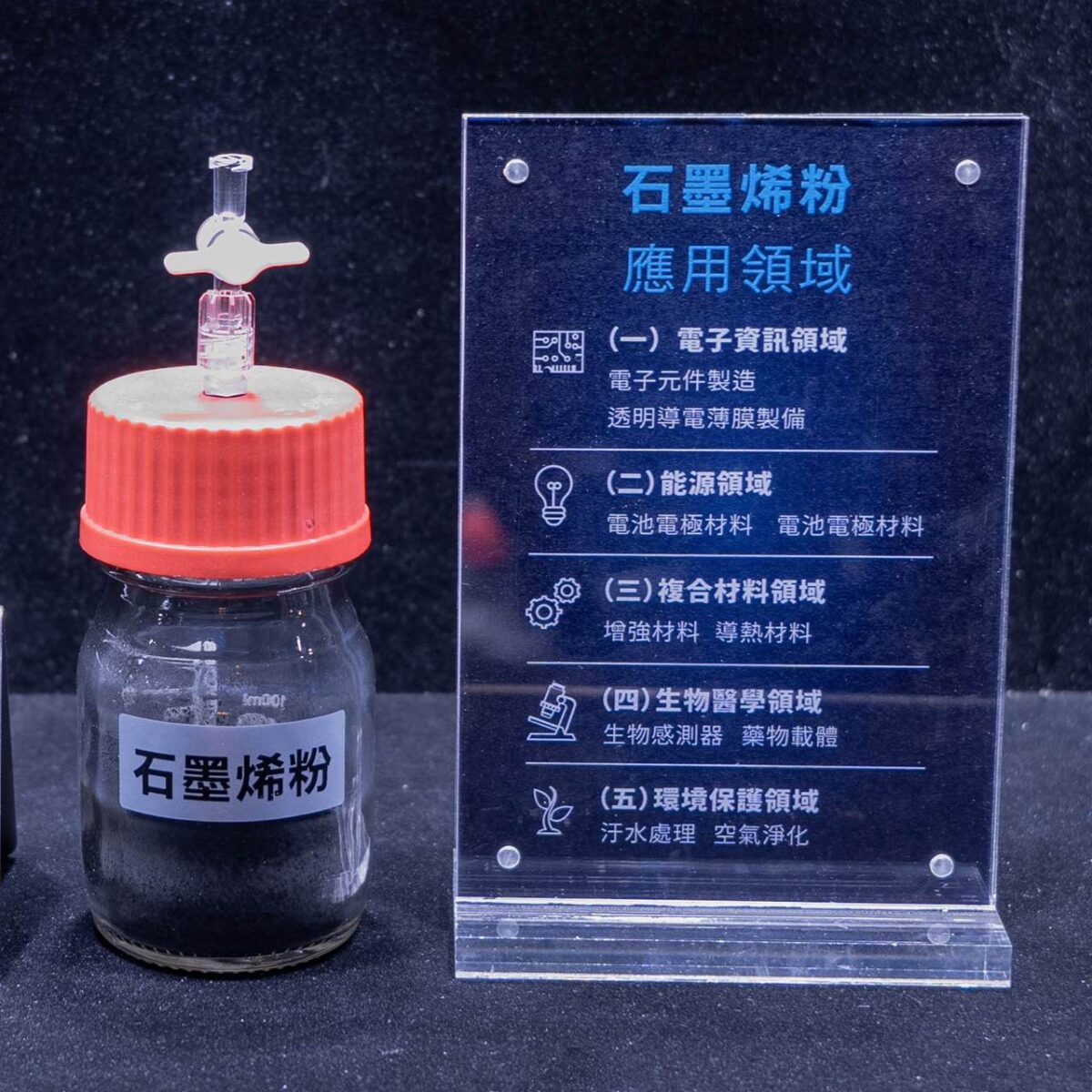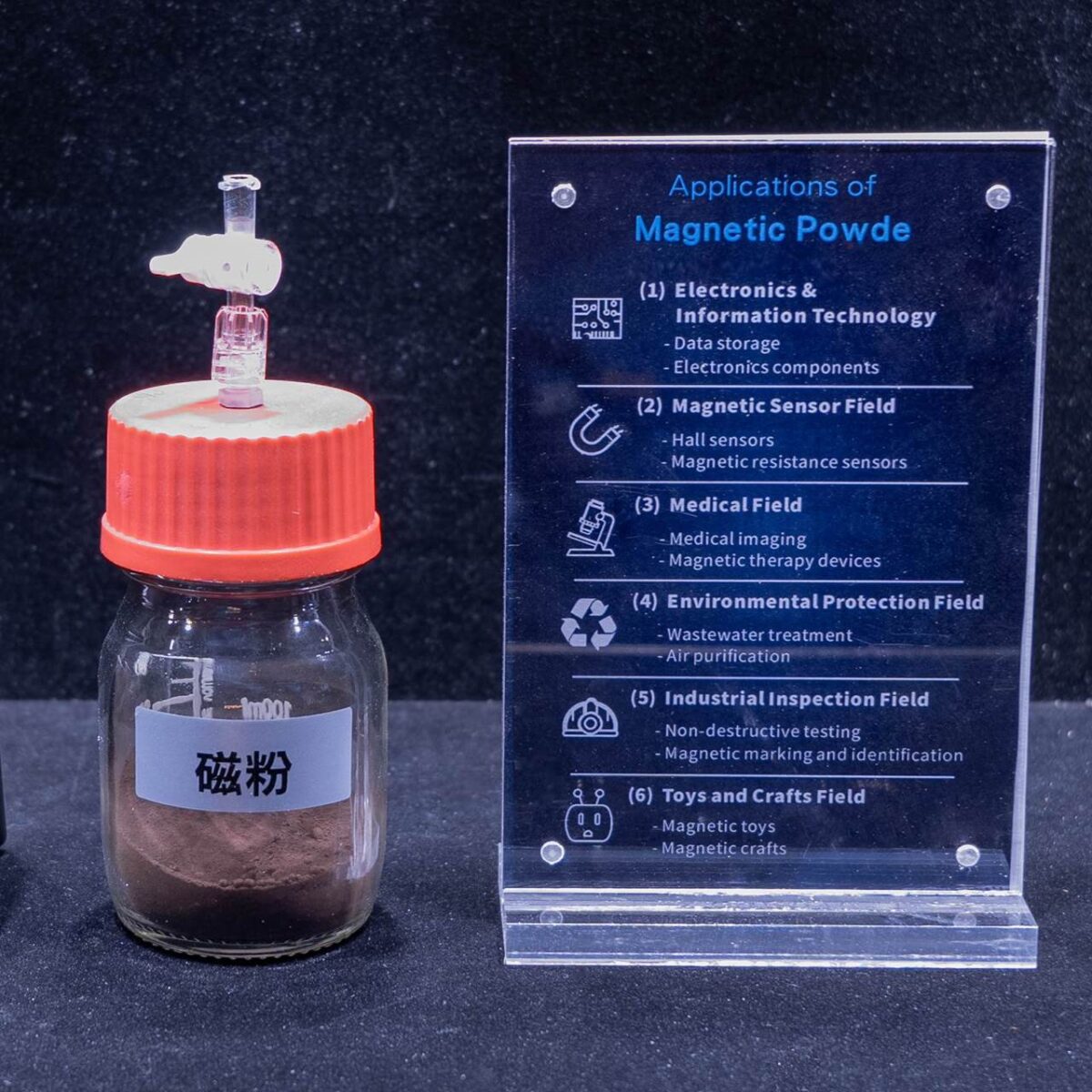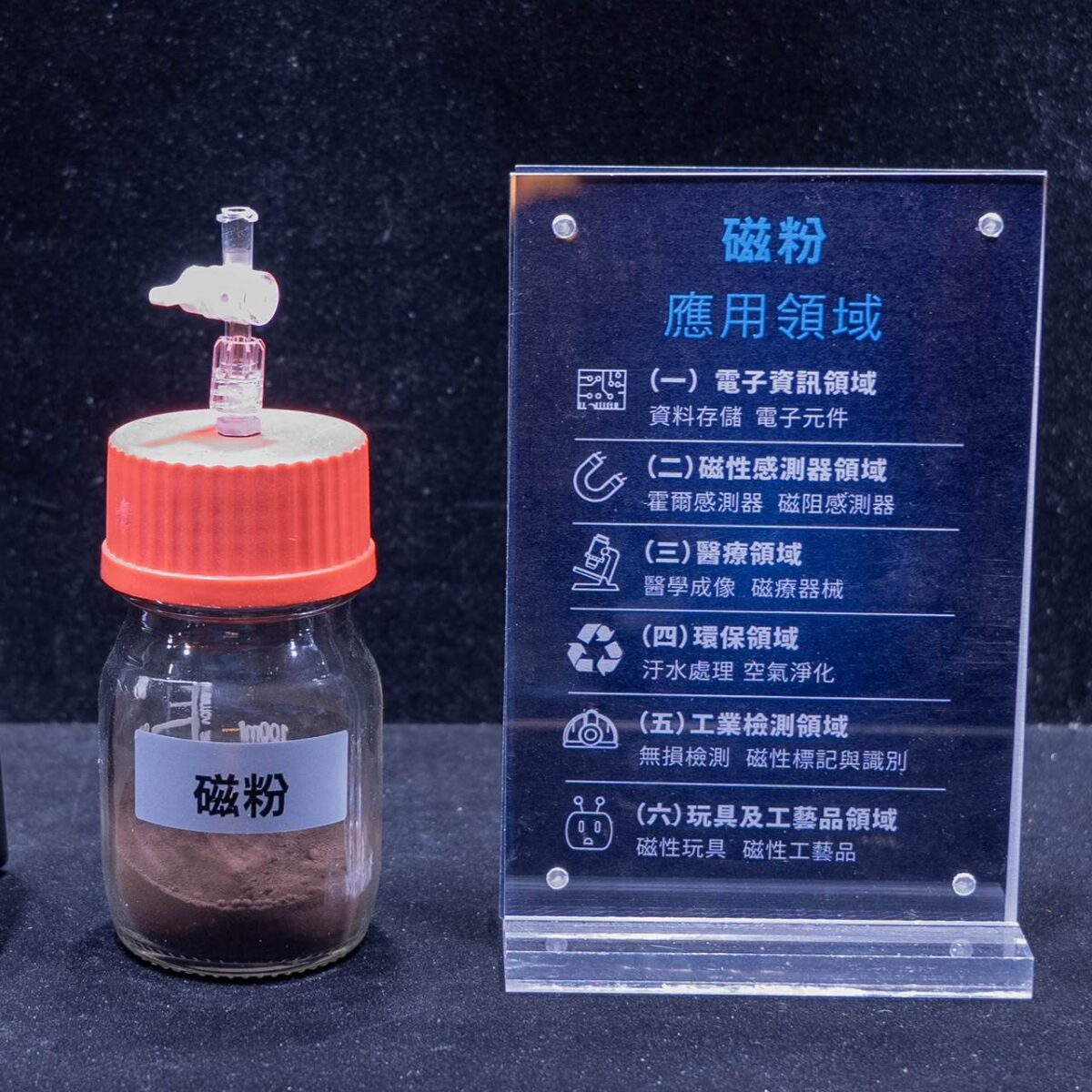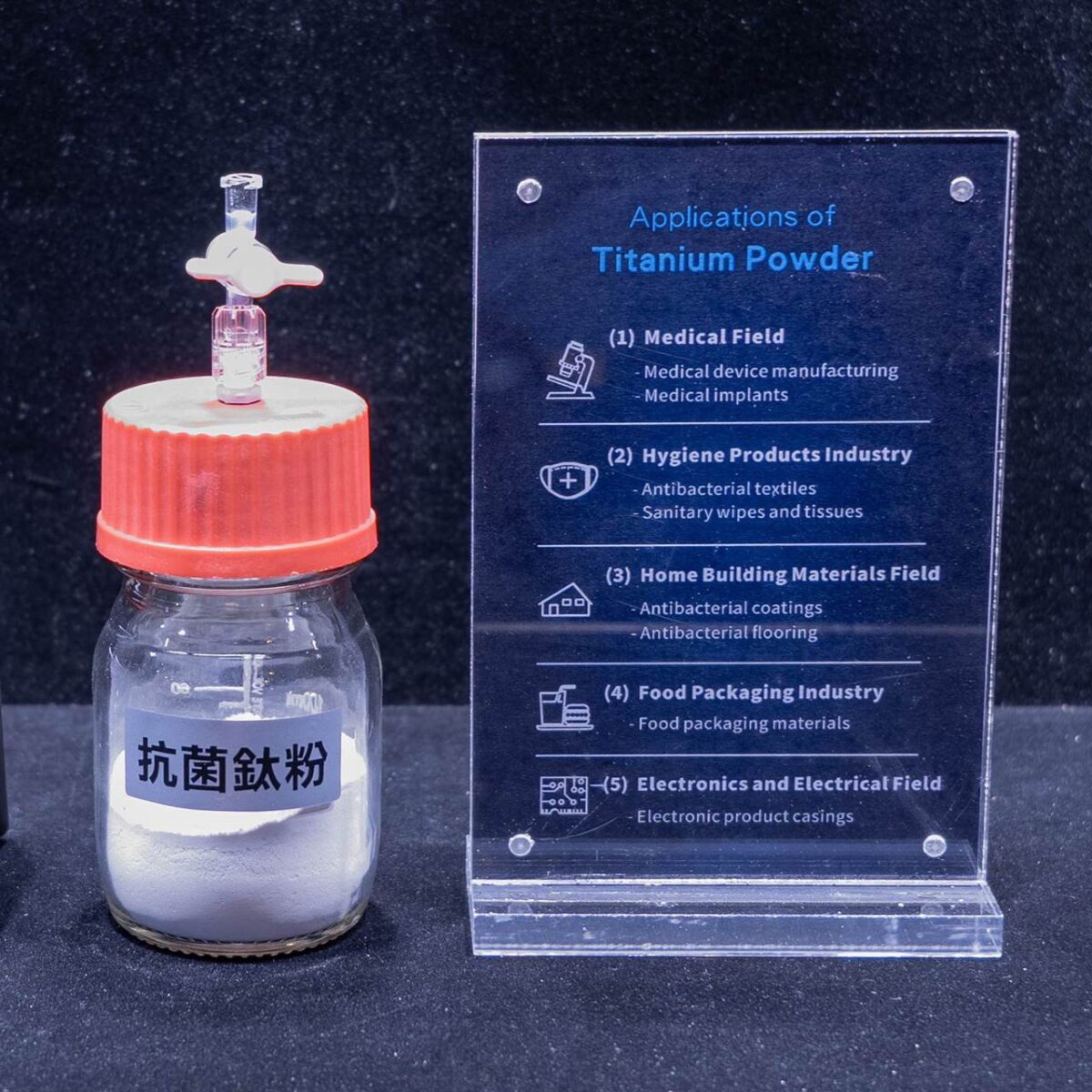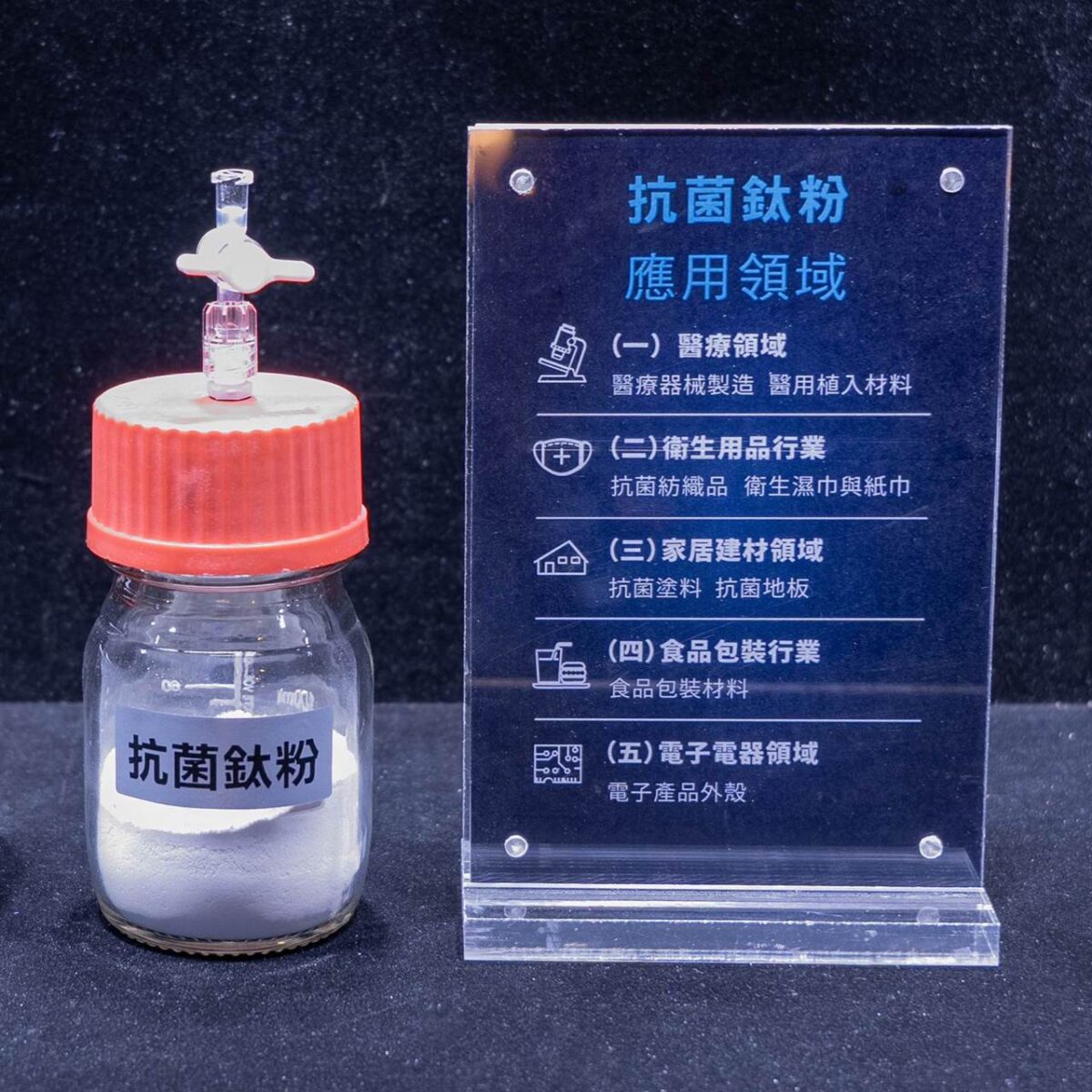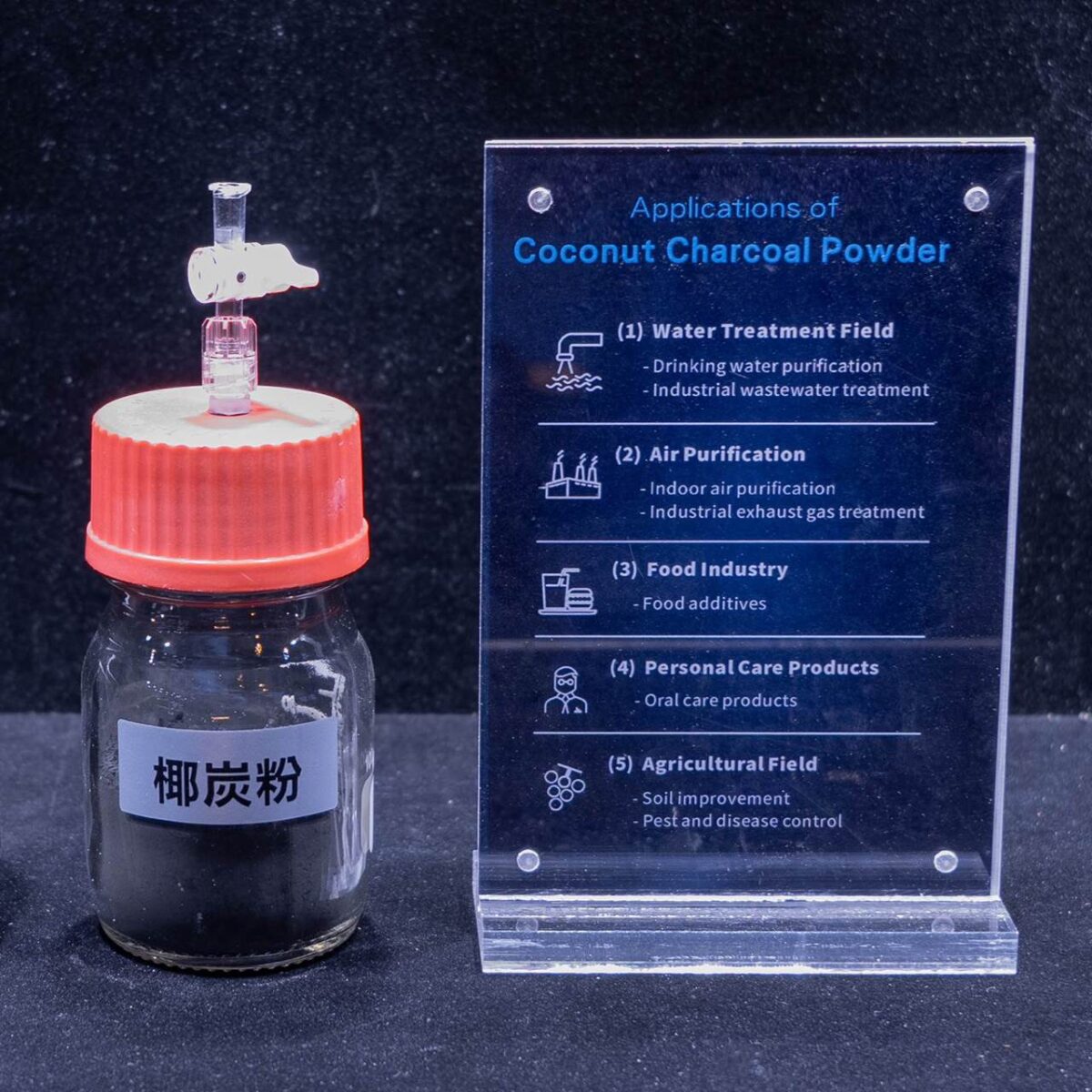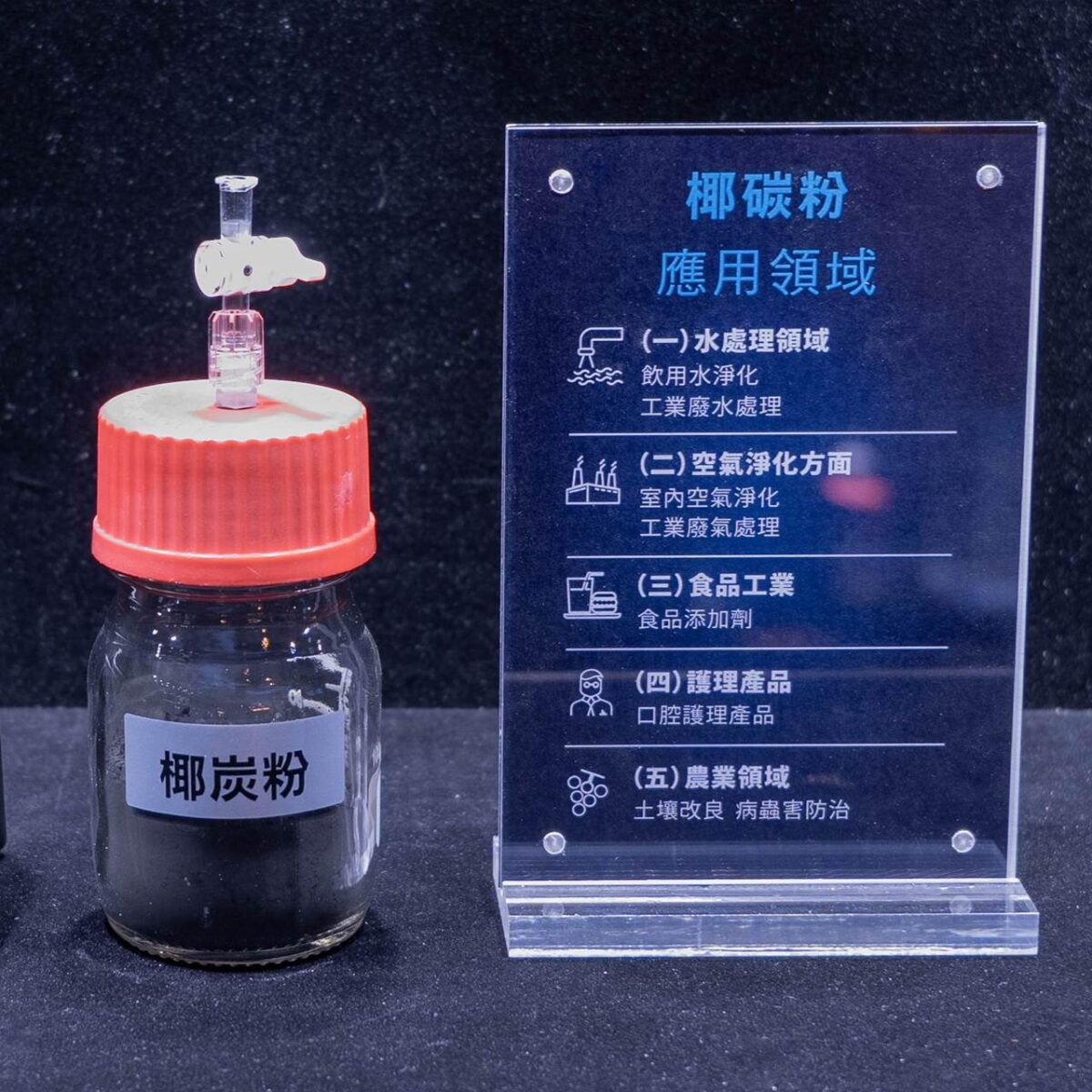Aerogel
Ultra-Low Density
Aerogels are among the lightest solid materials in the world. For example, the density of silica aerogel can be as low as approximately 0.003 grams per cubic centimeter. This ultra-lightweight characteristic allows aerogels to be placed on delicate objects such as flower stamens or feathers without causing a significant weight burden, making them highly advantageous in applications where weight is a critical factor.
Porous Structure and High Specific Surface Area
Aerogels contain an extremely high number of nanoscale pores, with porosities often exceeding 90%. This results in a very large specific surface area, with some aerogels achieving specific surface areas of several thousand square meters per gram. This structural feature provides an excellent foundation for functions such as adsorption and catalysis.
Low Thermal Conductivity
Aerogels exhibit outstanding thermal insulation properties with extremely low thermal conductivity, far below that of traditional insulating materials. For instance, the thermal conductivity of silica aerogel at ambient temperature and pressure can be as low as 0.013 – 0.016 watts per meter-kelvin. This ability to effectively block heat transfer makes aerogels highly effective in thermal insulation applications.
Optical Properties
Most aerogels appear semi-transparent or transparent and have certain light transmission and scattering characteristics. These properties make aerogels suitable for the fabrication of special optical components or applications in light regulation within the optical field.
Chemical Stability
Aerogels are relatively chemically stable and do not readily react with air, water, or common acids and bases under normal conditions. However, different types of aerogels may exhibit specific chemical reactivity under extreme conditions such as strong acids, bases, or oxidizing agents. For example, carbon aerogels may undergo oxidation reactions in highly oxidative environments.
Modifiability
Aerogels can be chemically modified through surface functionalization or doping. For instance, attaching specific functional groups to their surface or introducing other functional elements can alter their surface properties, electrical characteristics, and adsorption capabilities, thereby expanding their range of applications.
Adsorption Capability
Thanks to their large specific surface area and porous structure, aerogels have a strong adsorption capacity for impurities in gases and liquids, as well as small molecules. They can be used to adsorb harmful gases, organic solvents, and other substances, playing an important role in environmental protection and chemical engineering fields.
Electrical Properties
Some aerogels, such as carbon aerogels, possess good electrical conductivity and can serve as key components in energy storage devices like electrodes in lithium-ion batteries and supercapacitors. They participate in the storage and conversion of electrical energy, demonstrating potential applications in the energy field.
Aerospace Field
Thermal Protection Systems
Aerogels are used in the thermal protection systems of spacecraft, such as the thermal insulation components of space shuttles and satellites. Their ultra-low thermal conductivity effectively blocks high-temperature radiation in space and the intense heat generated during atmospheric re-entry, protecting the internal instruments and astronauts from high temperatures. Additionally, their lightweight nature helps reduce the overall weight of spacecraft, thereby increasing payload capacity.
Insulation for Aerospace Equipment
In aviation, aerogels are used for thermal insulation of aircraft engines and avionics. They reduce heat loss, improve energy efficiency, and help maintain the normal operating temperature range of equipment in complex high-altitude environments, ensuring flight safety and equipment performance.
Energy Field
Batteries and Supercapacitors
Aerogels are used as electrode materials or separator materials in lithium-ion batteries and supercapacitors.

